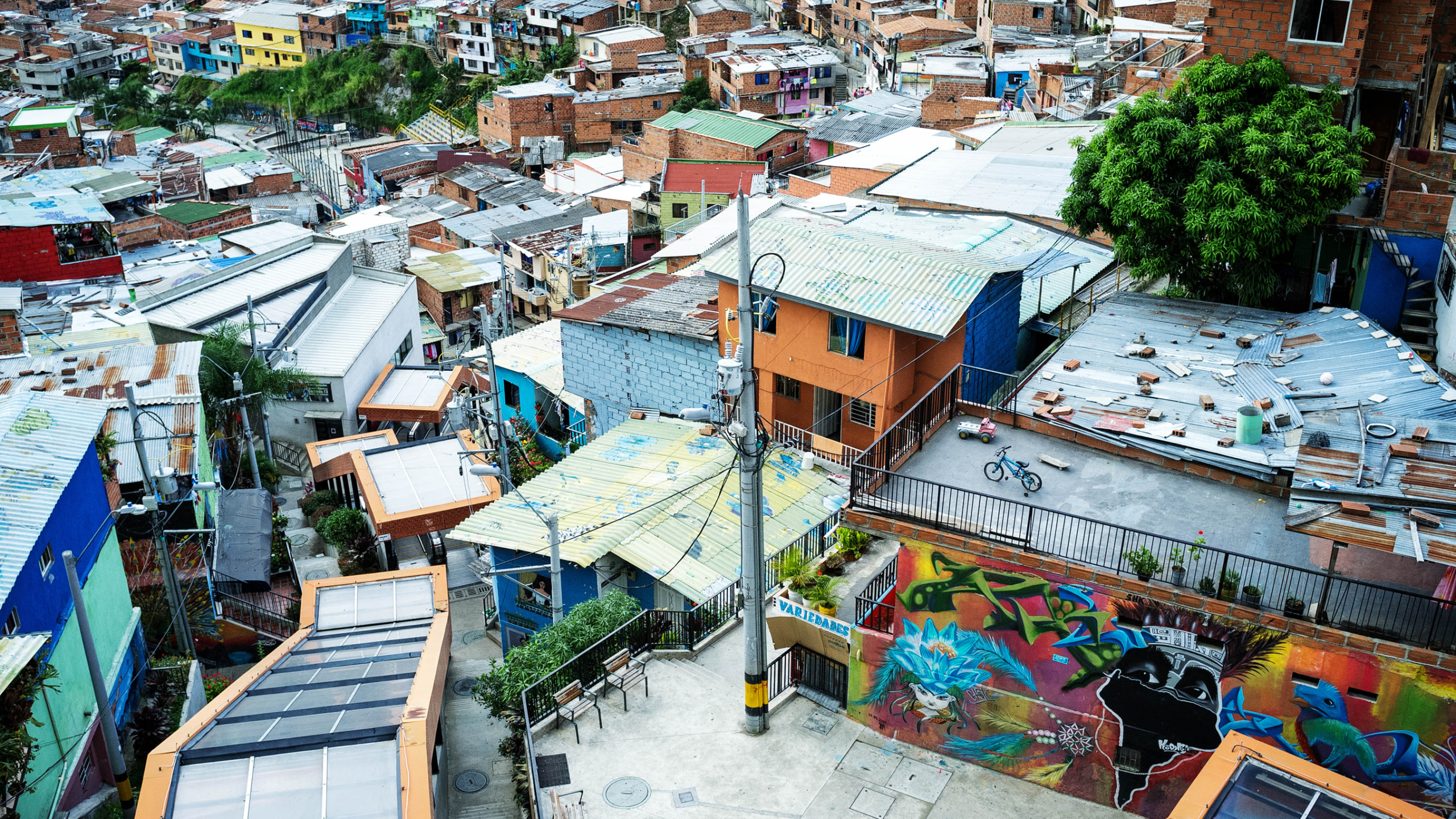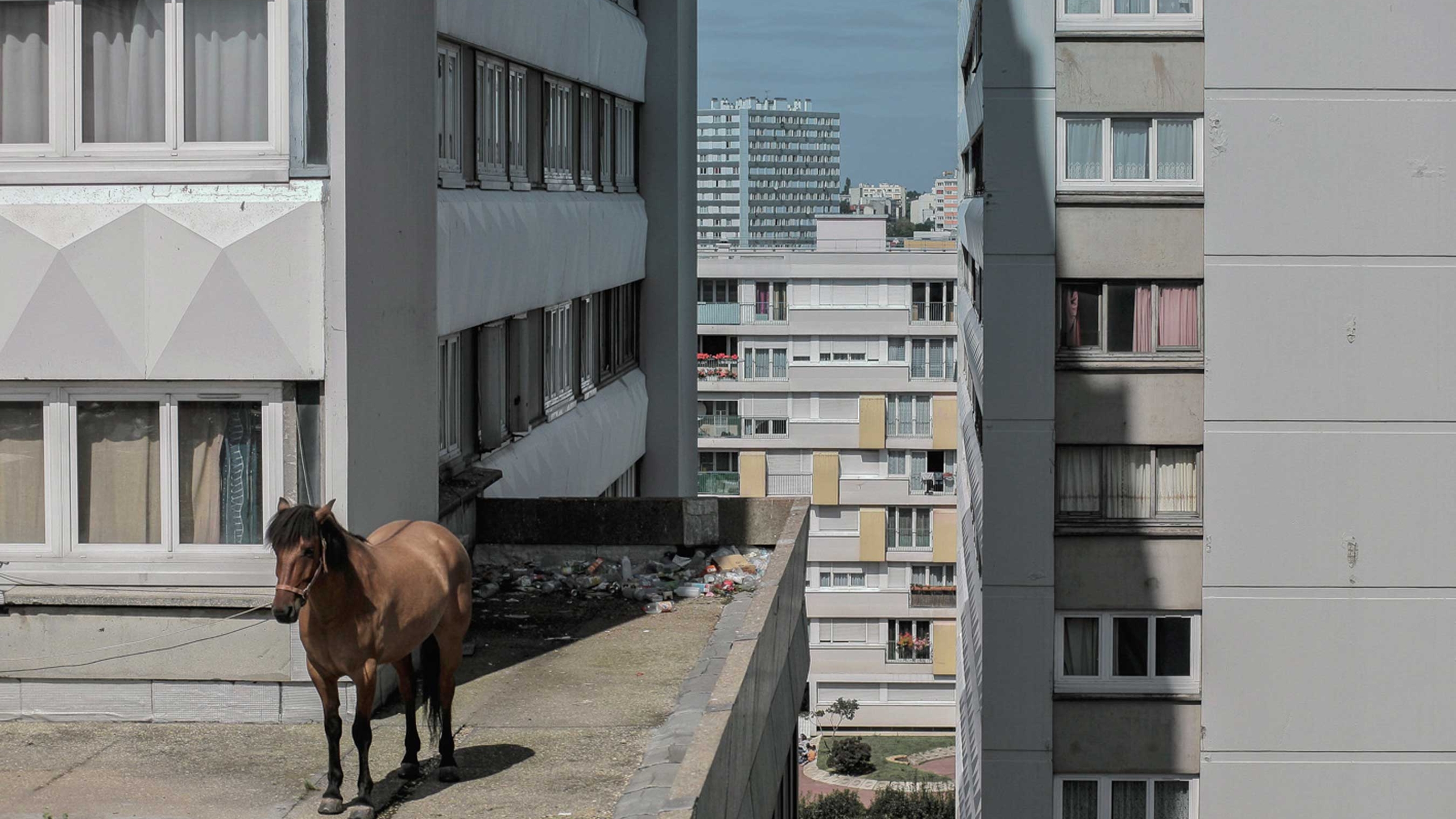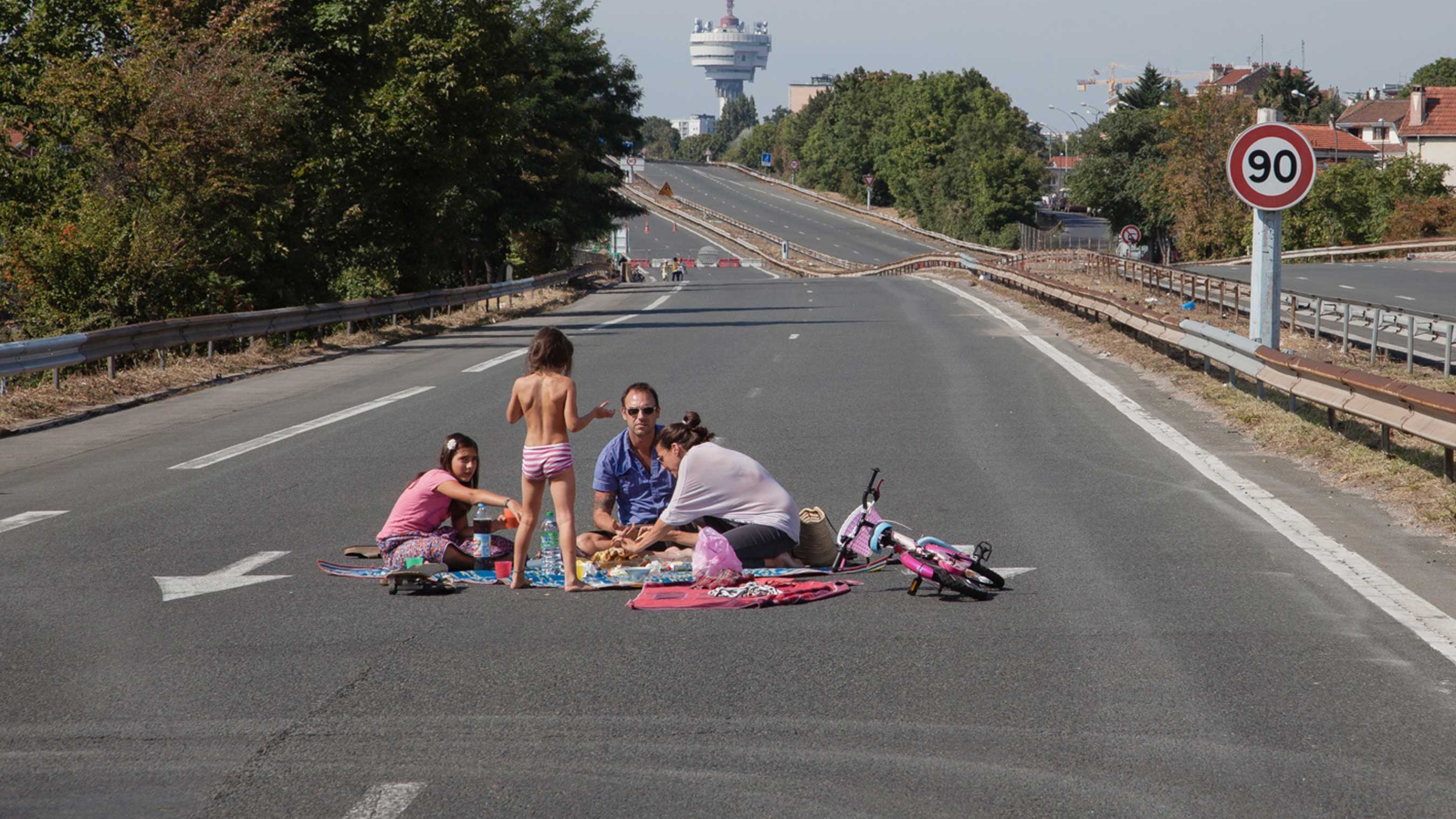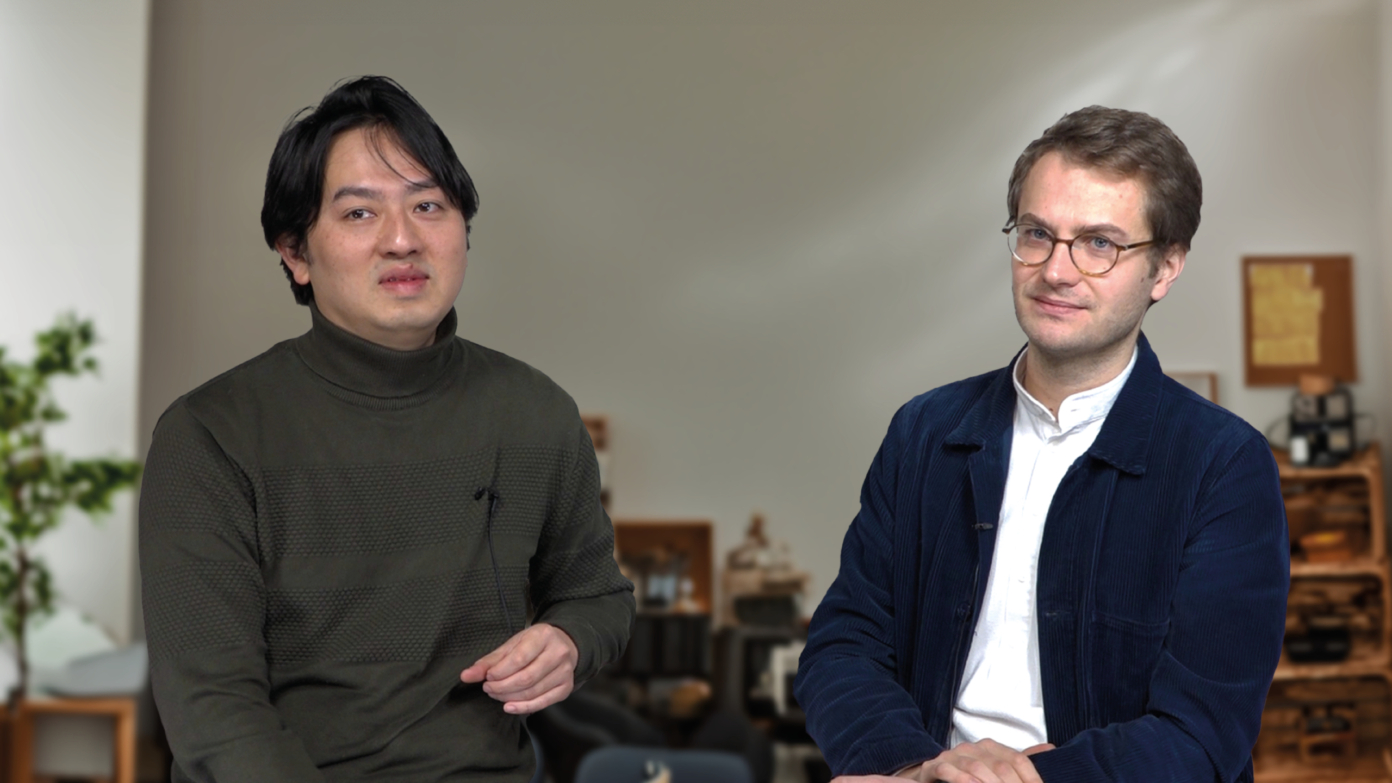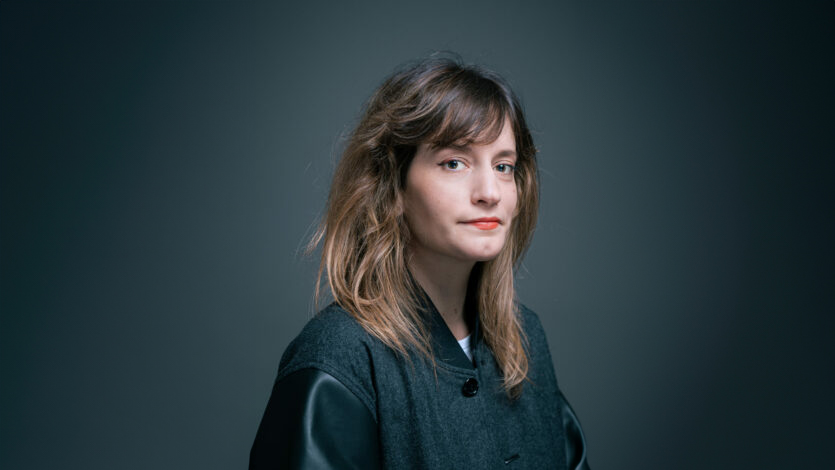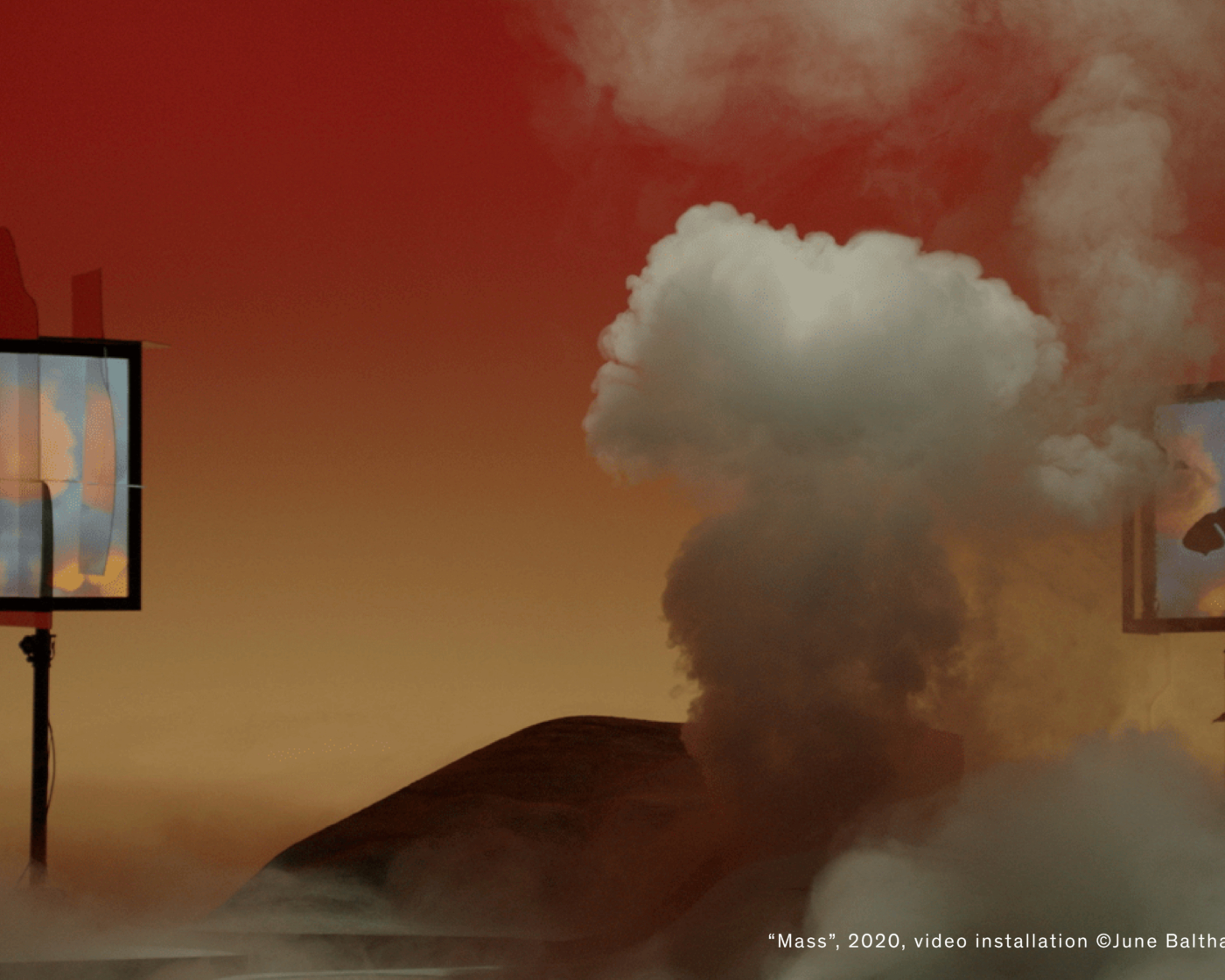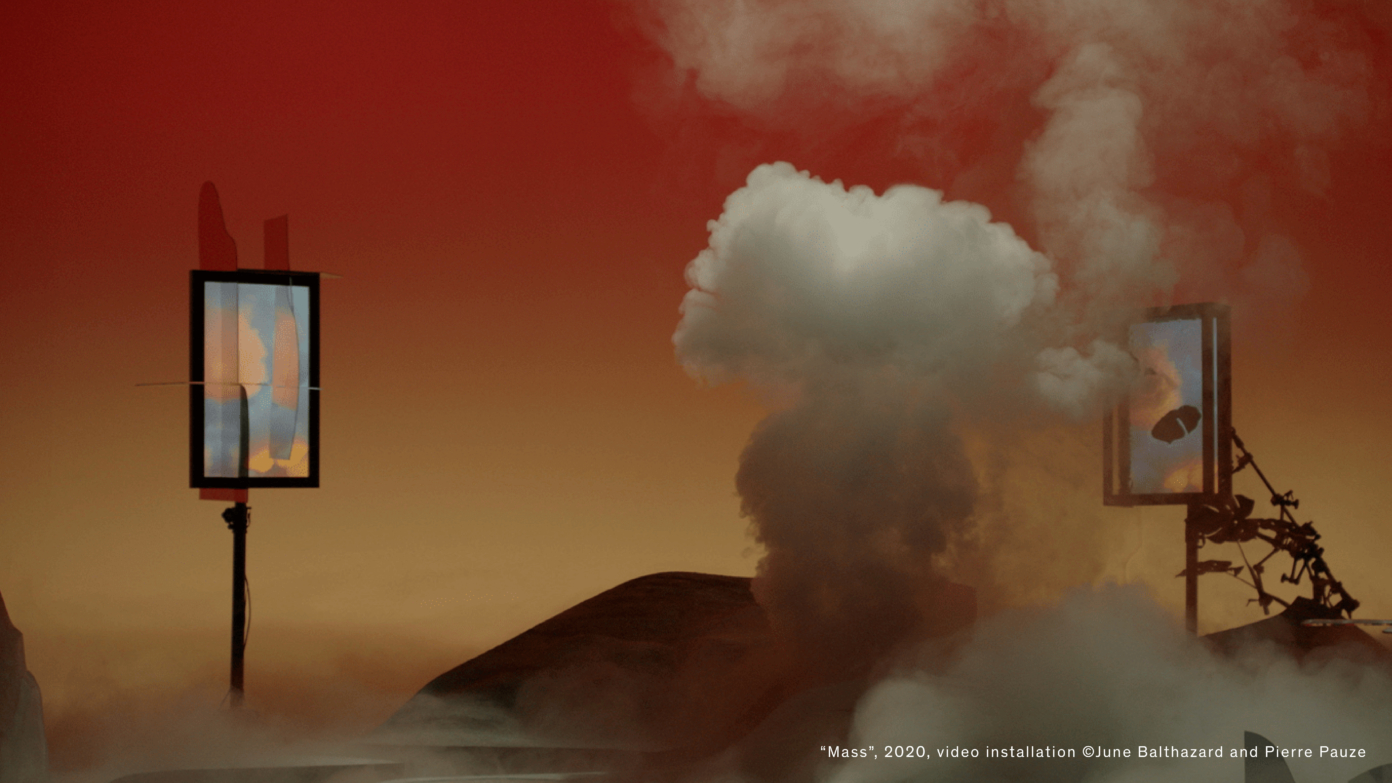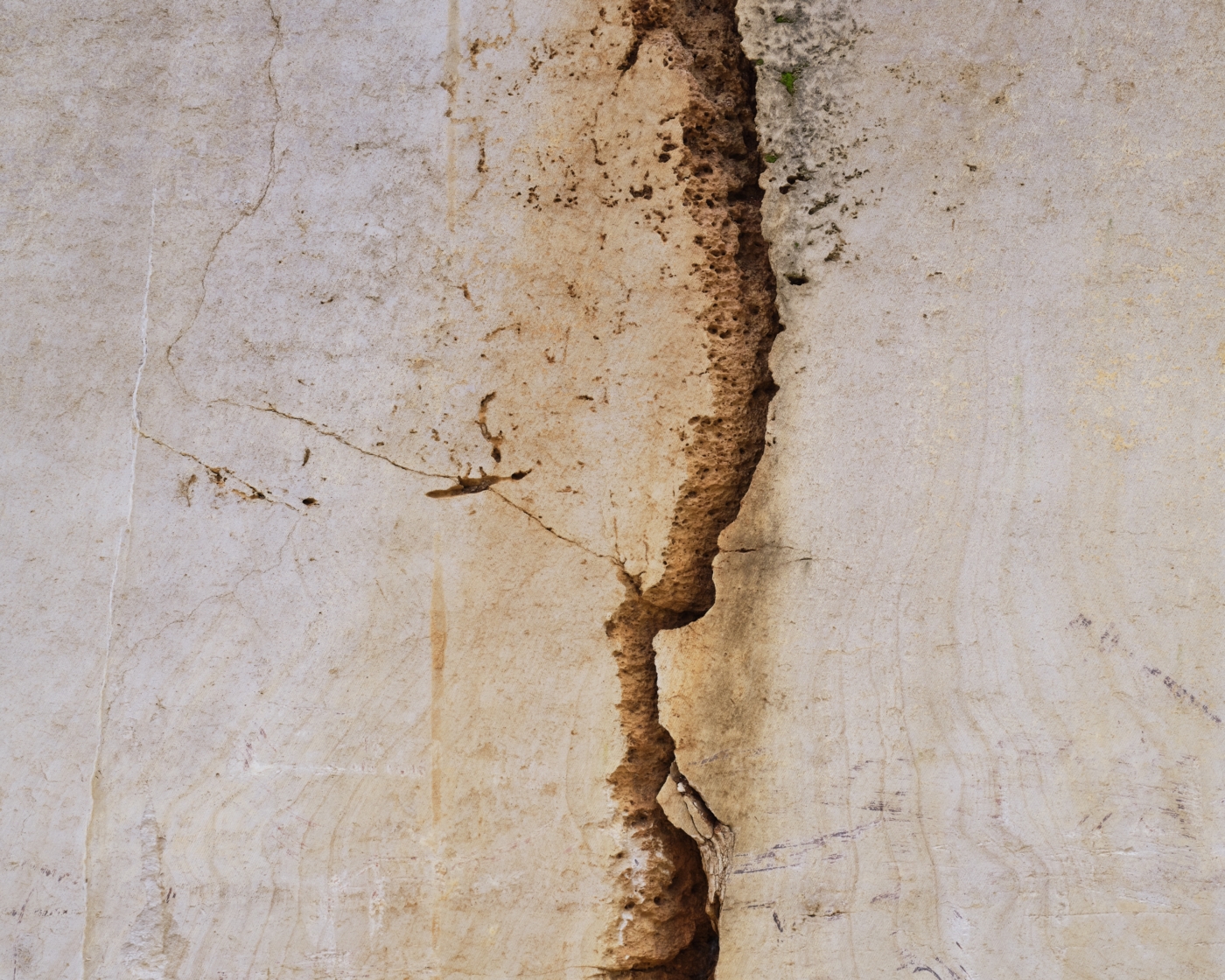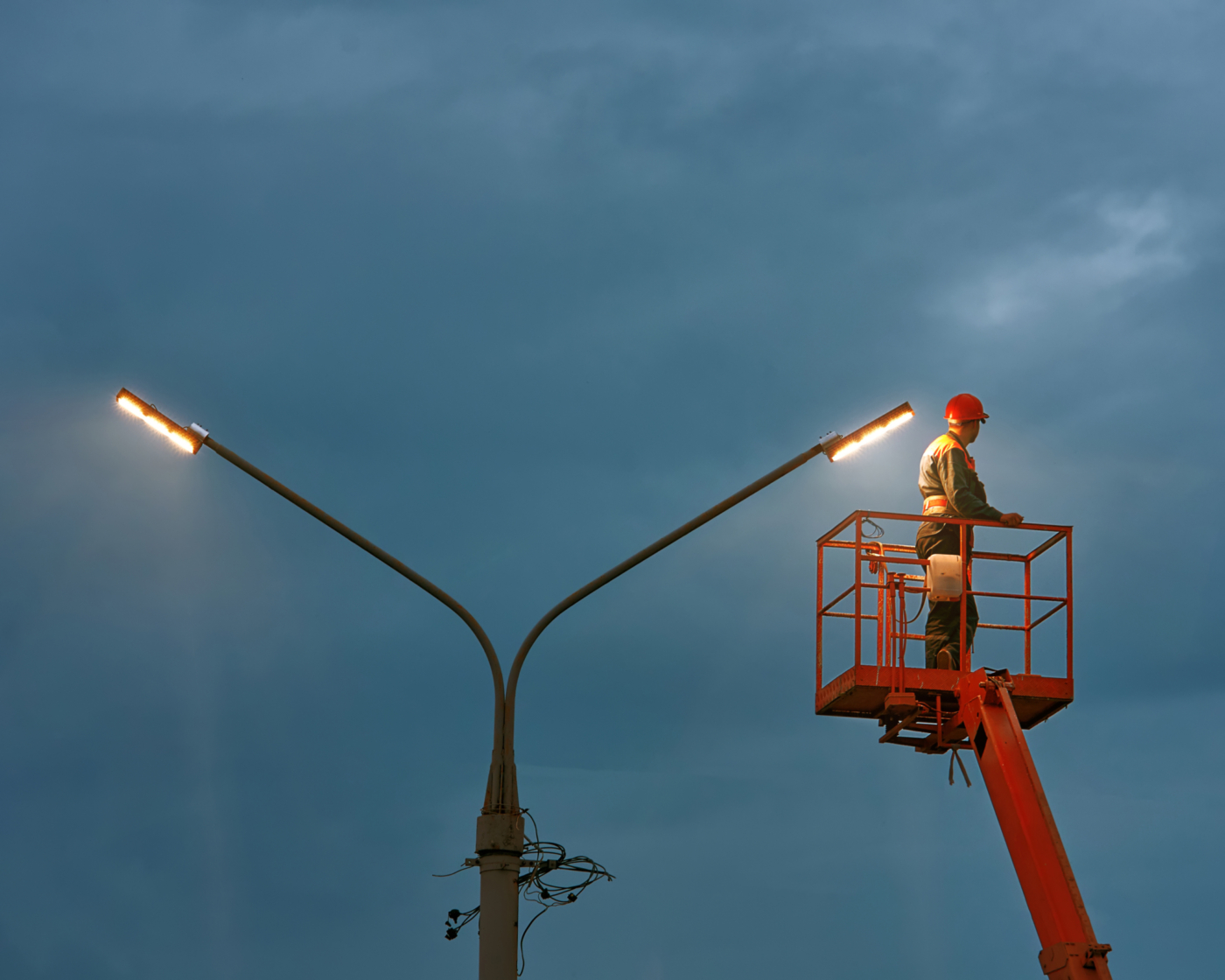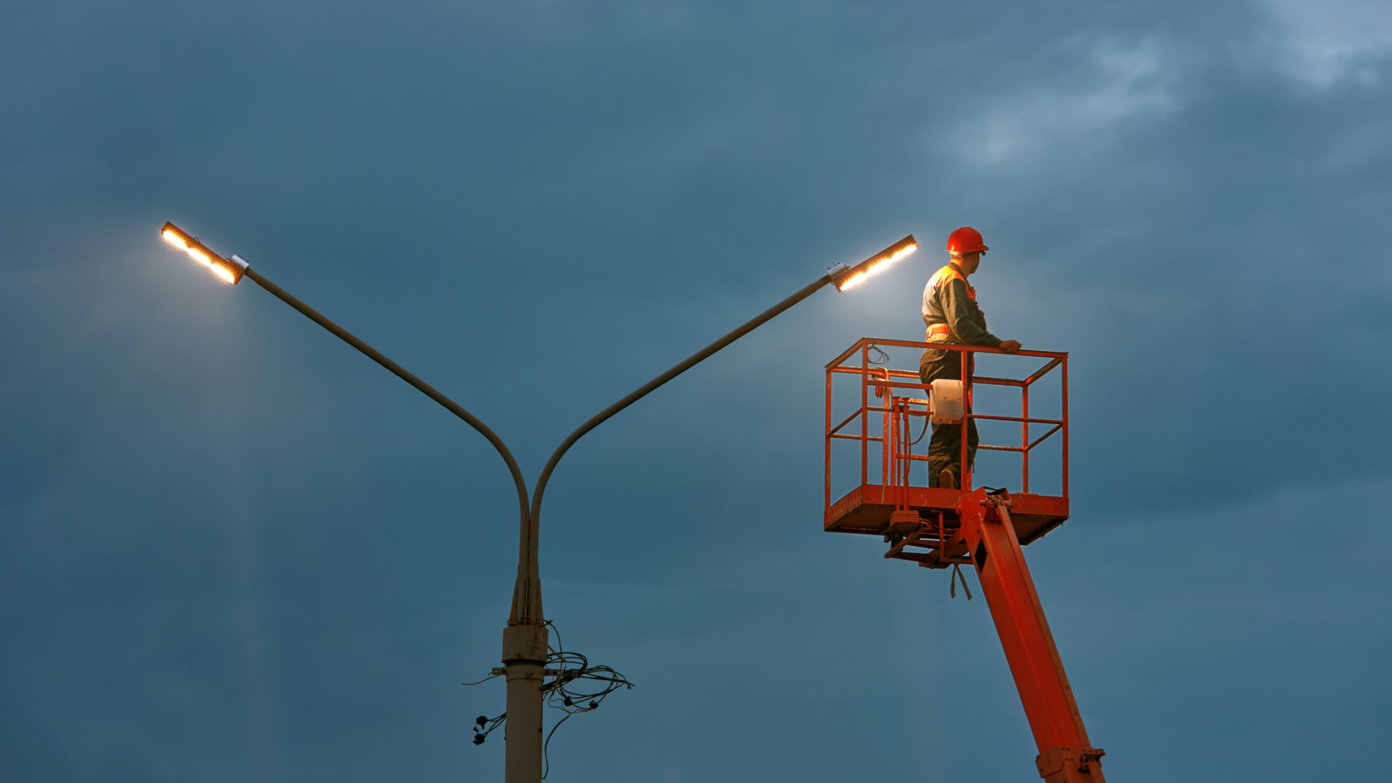Every city is a creative ecosystem
The living city is the ability to understand the other and the way that they interact with their socio-territorial-urban environment. Augustin Berque calls this relationship with the milieu the ecumene, updating the idea of anthropized lands already established by Eratosthenes in the third century A.D. At the beginning of his book he quotes the phrase from Jean-Marc Besse, “Between me and myself, there is the Earth.” The world is a whole and man, to cite Edgar Morin, has artificially separated things that are naturally connected. We are a part of a complex world, made up of transversal elements, or interrelationships and interdependencies. The living city is nothing other than a city that takes into consideration all of these relationships in order to allow the emergence of new ideas, practices, and creations.
The smart city is human before being technological. A city like Medellìn is a terrific example of resilience, reinvention, and low-tech creativity. Civil society’s involvement in the identification of its ills and in the desire to appease one of the most violent cities in the world—due to its domination by the mafia—has played a fundamental role. It was rebuilt in favor of life and gave birth, at that moment, to the Cities4Life movement that has taken on an international dimension. Yet, nothing can be taken for granted; impermanence is an element to be kept very much in mind when faced with the uncertainty of our future. There are also cities that die, like the industrial cities of the rust belt in the United States, which doesn’t mean that they cannot be reborn—look to Detroit for proof of this—through re-appropriation by citizens and in accordance with a do-it-yourself philosophy.
The living city is a creative ecosystem in which citizens and governance can exchange in a transversal manner, where the way in which things are built is no longer dictated by verticality of technology or of architecture. It is a question of a city that listens, in search of its rhythm, its breath, according to a process that unfolds over the long term.
The notion of a “living city” is profoundly connected to the idea of an “urban metabolism.” This image refers to the process of transformation that the city is capable of mobilizing at the heart of the environment from which it draws its resources. The absorption of oxygen and the release of carbon dioxide, the filtering of blood, the beating of the heart, represent a functional basis that must be enriched by a new emergence. In this sense, I am extremely favorable to inter-city capillarity vis-a-vis nation states. The virtual hyper-metropolis SAN-SAN (San Francisco/San Diego) represents 68 million inhabitants, while the BOS-WASH (Boston/Washington) virtual hyper-agglomeration groups together 70 million inhabitants. These two clusters, theorized and identified by the visionary geographer Jean Gottmann in his 1961 book Megalopolis, reveal an urban vitality that is extremely different to that of the federal State, and we can see this for example on an electoral level. They are the ones who are today on the front lines of resistance to the policies of president Trump, who launched calls to respect environmental agreements, who fight to defend immigrants and numerous fundamental freedoms. This urban vitality forms a counter power to the nation-state that it is fundamental to maintain in order to preserve a human life that is both rich and plural.
